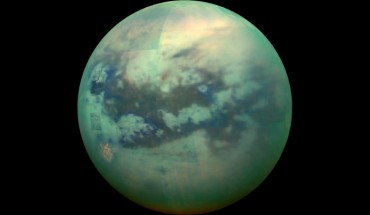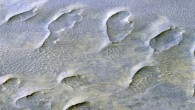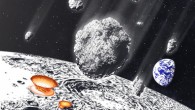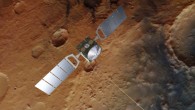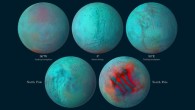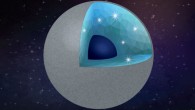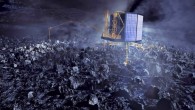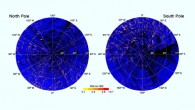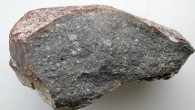Using high sensitivity spectroscopic observations from the Atacama Large Millimeter/submillimeter Array (ALMA), astronomers have detected a small cyclic molecule called cyclopropenylidene (C3H2) in the atmosphere of Titan, the largest moon of Saturn. This composite image shows an infrared view of Titan. In this image blue represents wavelengths centered at 1.3 microns, green represents 2.0 microns, and red represents 5.0 microns. A view at visible...

